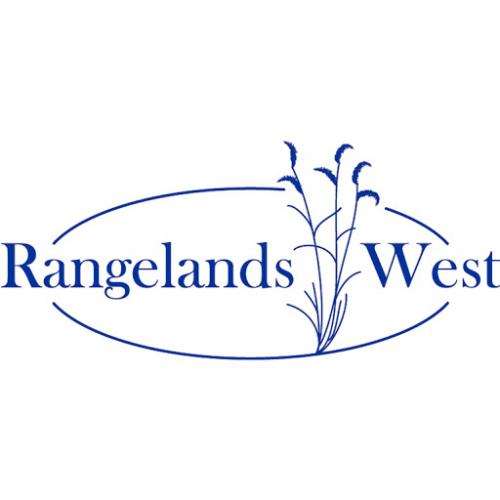In rangeland revegetation, selection of forages palatable to the primary grazer is crucial Five tame mule deer were used in the spring and fall to determine forage preferences for 16 grasses commonly found on seeded foothill rangelands. Trials were conducted within a planted enclosure. Cheatgrass (Bromus tectorum L.) was the most preferred species in spring, and also preferred in fall. Other preferred species included 'Paiute' orchardgrass (Dactylis glomerata L.), 'Luna' pubescent wheatgrass (Agropyron trichophorum link.), and fairway wheatgrass (Agropyron cristatum [L.] Gaertn). The least preferred grasses were three species of wildrye, 'Vinall' and 'Boisoisky' Russian wildrye (Psathyrostachys juncea Fisch.) and 'Magnar' basin wildrye (Elymus cinereus Scrib. and Merr.). Results showed a wide range of preferences for grasses.

Articles, citations, reports, websites, and multimedia resources focused on rangeland ecology, management, restoration, and other issues on American rangelands.